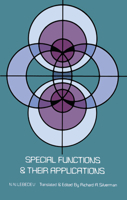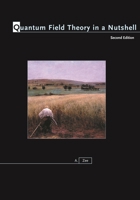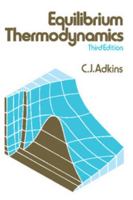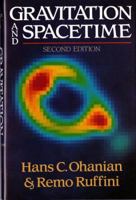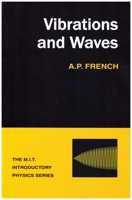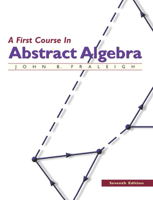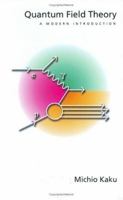The Standard Third Reader, Part Two: With Spelling And Defining Lessons
The Standard Third Reader, Part Two: With Spelling And Defining Lessons (1859) is a book written by Epes Sargent. This book is designed to help children improve their reading, spelling, and vocabulary skills. It is the second part of a series of readers that were commonly used in schools during the mid-19th century. The book contains a variety of stories, poems, and essays that are suitable for children in the third grade. Each reading passage is accompanied by a list of spelling and defining lessons, which help children learn new words and their meanings. The book is written in a simple and easy-to-understand language, making it accessible to young readers. The Standard Third Reader, Part Two: With Spelling And Defining Lessons (1859) is a valuable resource for parents and teachers who want to help their children improve their reading, spelling, and vocabulary skills.This scarce antiquarian book is a facsimile reprint of the old original and may contain some imperfections such as library marks and notations. Because we believe this work is culturally important, we have made it available as part of our commitment for protecting, preserving, and promoting the world's literature in affordable, high quality, modern editions, that are true to their original work.
Format:Paperback
Language:English
ISBN:1120930618
ISBN13:9781120930613
Release Date:January 2010
Publisher:Kessinger Publishing
Length:220 Pages
Weight:0.66 lbs.
Dimensions:0.5" x 6.0" x 9.0"
More by Nikolai Nikolaevich Lebedev
You Might Also Enjoy
Customer Reviews
4 customer ratings | 4 reviews
There are currently no reviews. Be the first to review this work.













